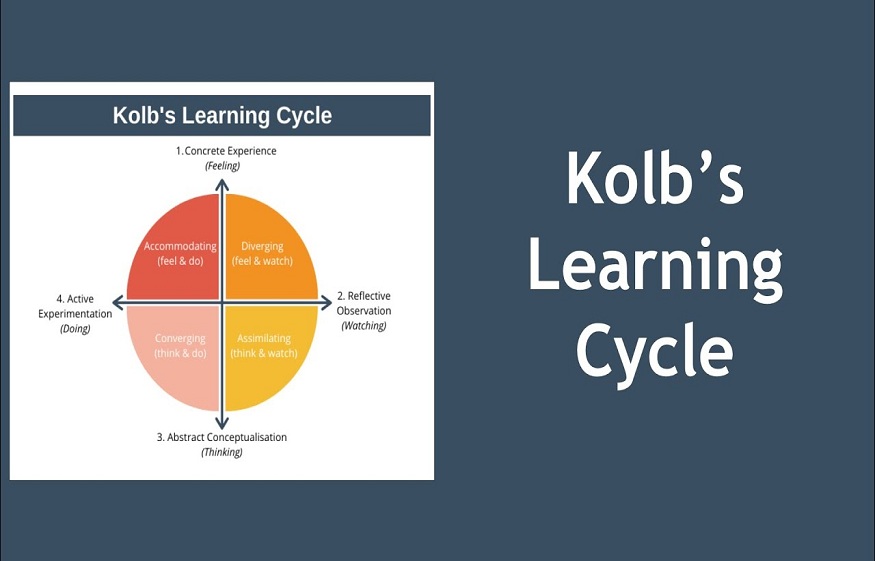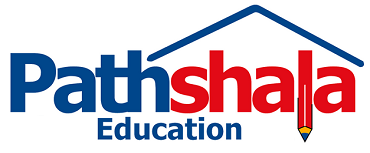
Today’s higher education institutions are moving away from traditional instruction and towards more engaging models—and for good reason! Alternative approaches, such as the Experiential Learning Cycle, can maximise student learning and offer many other benefits.
Keep reading to find out more about this innovative pedagogy and how you might apply it in your classroom.
What is the Experiential Learning Cycle?
Kolb’s Experiential Learning Cycle (ELC) is a four-step process involving experiencing, reflecting, thinking, and acting.
American educational theorist David Kolb and his colleague Ron Fry proposed the model in the early 1970s. While it typically appears as a cycle or spiral, learning can begin at any point in the process—although the first step is usually concrete experience.
More narrowly, we can define experiential learning as “learning by reflecting on actions”. It is similar to “hands-on learning” but emphasises analysis and reflection. The idea is to move beyond traditional instruction-based learning into a more meaningful, relevant, and engaging process.
Let’s take an example of a student learning to write a computer program. Using the ELC, the process could involve writing a simple program (with a teacher’s guidance), reflecting on what went well and what didn’t, thinking about how to improve, and rewriting the program differently.
Through this process, the student will actively learn how different actions affect the outcome of their program and self-identify areas for improvement.
Kolb’s Learning Styles
Kolb also designed a related model called the Learning Style Inventory (LSI). He proposed all learning preferences fall along two primary continuums:
- Abstract conceptualisation ↔ Concrete experience
- Active experimentation ↔ Reflective observation
This model places students into four categories based on their preferred styles of learning:
- Convergers (active experimentation and abstract conceptualisation)
- Accommodators (active experimentation and concrete experience)
- Assimilators (reflective observation and abstract conceptualisation)
- Divergers (reflective observation and concrete experience)
Educators can use a combination of the LSI and ELC to create valuable classroom experiences and present class content in a way that is personally meaningful to every student.
Benefits of the Experiential Learning Cycle for Higher Education Students
Experiential education is the key to maximising student learning for several reasons. It can:
- Promote teamwork and communication
- Develop reflective practice habits
- Build problem-solving and critical-thinking skills
- Open up opportunities for real-time feedback and coaching
- Allow immediate knowledge application
- Highlight accomplishments
Traditional assignments are often unclear about their purpose and real-world relevance. Experiential learning turns this problem on its head, bringing the meaning of the project to the forefront and allowing students to self-guide their learning.
The four sources of intrinsic motivation—meaning, choice, competence, and progress—are all clear in the experiential learning process. As such, students are much more engaged and driven to reach their educational goals.
Delivering Meaningful Education
The Experiential Learning Cycle is a fantastic model to follow if you want to improve engagement and motivation within your classroom. It can also help students connect more meaningfully to classroom content, understanding how their learning applies to real-world scenarios.
You can implement the ELC in your classroom by delivering inquiry-based and student-led learning experiences that focus on relevant topics.








